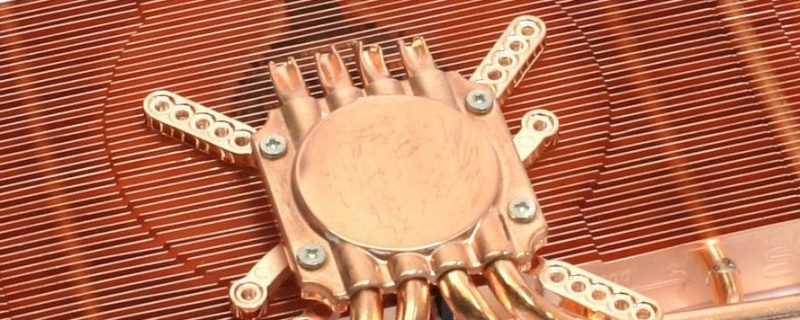
In the last article, we focused on what graphics card producers had to offer until AD 2003. But around this time a variety of aftermarket solutions came available on the market. Today we’re going to have a look at them
The dawn of aftermarket coolers
Users who found the card’s stock cooling too loud, the performance to be weak or too homely always had the option of mounting alternative cooling. Though less common now, back in the day alternative cooling was quite popular, especially among users who were into overclocking or modding. There was a tremendous variety of coolers from a number of brands.
Aftermarket coolers were for the most part much better in terms of thermals and acoustics than what card vendors had to offer, though some adapted those solutions in their products. A number of SAPPHIRE cards, in fact, incorporated ZALMAN coolers.

Arctic Cooling Accelero X1 and X2 coolers – two models that founded the Accelero product line that still exists today
Meanwhile, at AIBs…
From this point in time, stock card coolers were mostly either smaller one-slot solutions or blower-style coolers. They grew in size rather slowly.
The winds of change started to blow—literally—with the Radeon X1950 XTX, which came equipped with cooler that represent what is today known as a blower-style cooler.
There was also a Toxic version of X1950 XTX with AiO water cooler. As far as I know, this was the first card with such a solution on the market. Since then, GPU AiOs have shown up from time to time, but they never got as popular as now.
In 2007, things started to take shape as we know them now. Both AMD’s and NVIDIA’s flagship reference cards were equipped with blower-style coolers.
It was about this time that the Arctic Cooling Accelero Xtreme with three fans for HD 2900 series debuted. It completely outperformed stock coolers and set the course for future heatsinks.
In the third part of the installment we will continue our journey through time to look at GPU coolers.



























